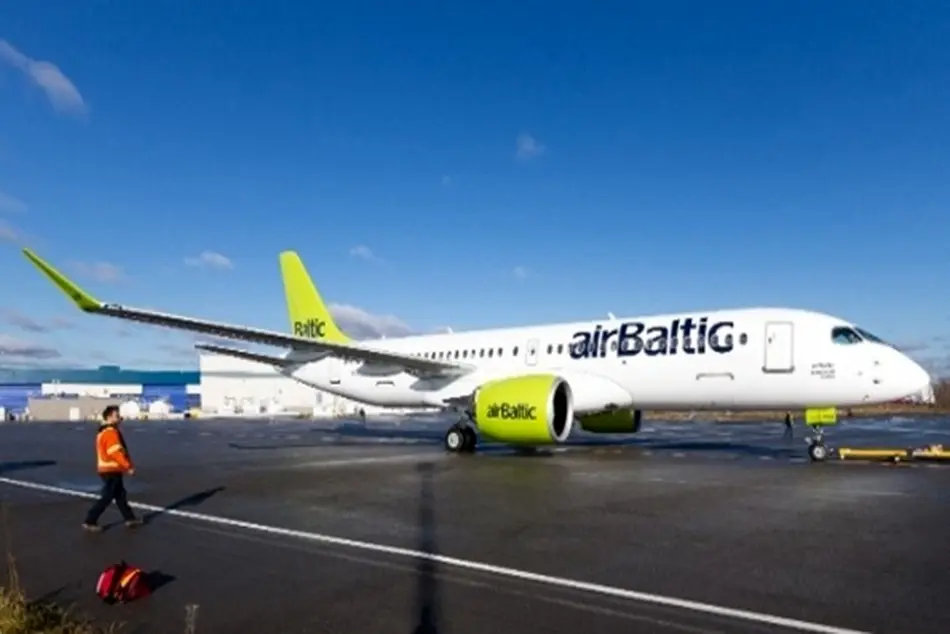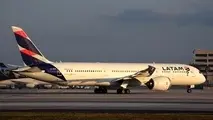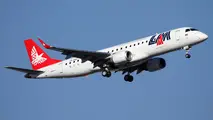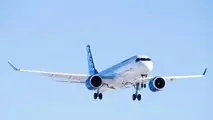Bombardier looks to convince airlines on CSeries at Paris Air Show

Two years after Bombardier reintroduced the CSeries with a new senior management team at the 2015 Paris Air Show, the Canadian manufacturer hopes to build off the aircraft’s successful service entry to win new orders for the aircraft at the 2017 Paris Air Show later this month.
Bombardier will display the latest CSeries it has delivered, an airBaltic CS300, at Le Bourget. The aircraft is the fourth CS300 Latvia’s airBaltic has received and the 13th CSeries to be delivered overall. Swiss International Air Lines (SWISS) has received eight CS100s and one CS300. SWISS and airBaltic placed the CS100 and CS300, respectively, into service in the 2016 fourth quarter.
Bombardier secured breakthrough orders for the CSeries from Delta Air Lines (75 firm CS100s) and Air Canada (45 firm CS300s) in 2016, but has not announced any new sales this year. SVP Colin Bole, Bombardier’s top commercial aircraft salesperson, said he hopes to “advance further opportunities” for CSeries sales with airlines at the upcoming Paris Air Show.
“This will be the first time that we actually have a production, customer aircraft with the full customer interior” on display at an air show, Bole told ATW on the sidelines of the IATA AGM in Cancun. “It is the first time that we’re showing a real finished aircraft and that’s going to be important. I expect that’s going to draw a good amount of attention. We’ll have Martin Gauss, the airBaltic CEO, there to very proudly present his aircraft.”
Bole said “the buzz is getting around” about how well the CSeries is performing in service for SWISS and airBaltic, which has operated a CS300 for as much as 17 flight hours in a single day, according to Bole.
“A lot of [airline] people we’ve been talking to have actually confirmed they’ve heard from SWISS or from airBaltic that the aircraft are performing extremely well, reliably day in and day out,” Bole said. “The reliability, the ruggedness of the aircraft, is excellent. The word is for sure getting around.”
Nevertheless, Bole conceded it has not been easy to persuade airlines to commit to the aircraft. “The biggest difficulty has been to really demonstrate to airlines there is that need for an aircraft in the 100- to 150-seat category,” he explained. “There had been over the last eight or nine years a significant shift upward in capacity driven by airlines looking for lower seat-mile costs and [Boeing and Airbus] pushing airlines towards larger aircraft because it also suited them. But now that we’ve demonstrated that we can deliver … the airlines are beginning to look again at this sector of 100-150 seats and saying, ‘I can operate in that space with the unit costs of a much larger plane. That gives me an opportunity to increase frequencies, develop new routes or just take less risk.’ Air Canada is very vocal about the fact that with the CSeries they will be able to capture the higher yield traffic and not necessarily have to take all of the low yield traffic that they do on their larger aircraft. We’re seeing other carriers begin to think that way also. It has required a little bit of a shift in mentalities.”



